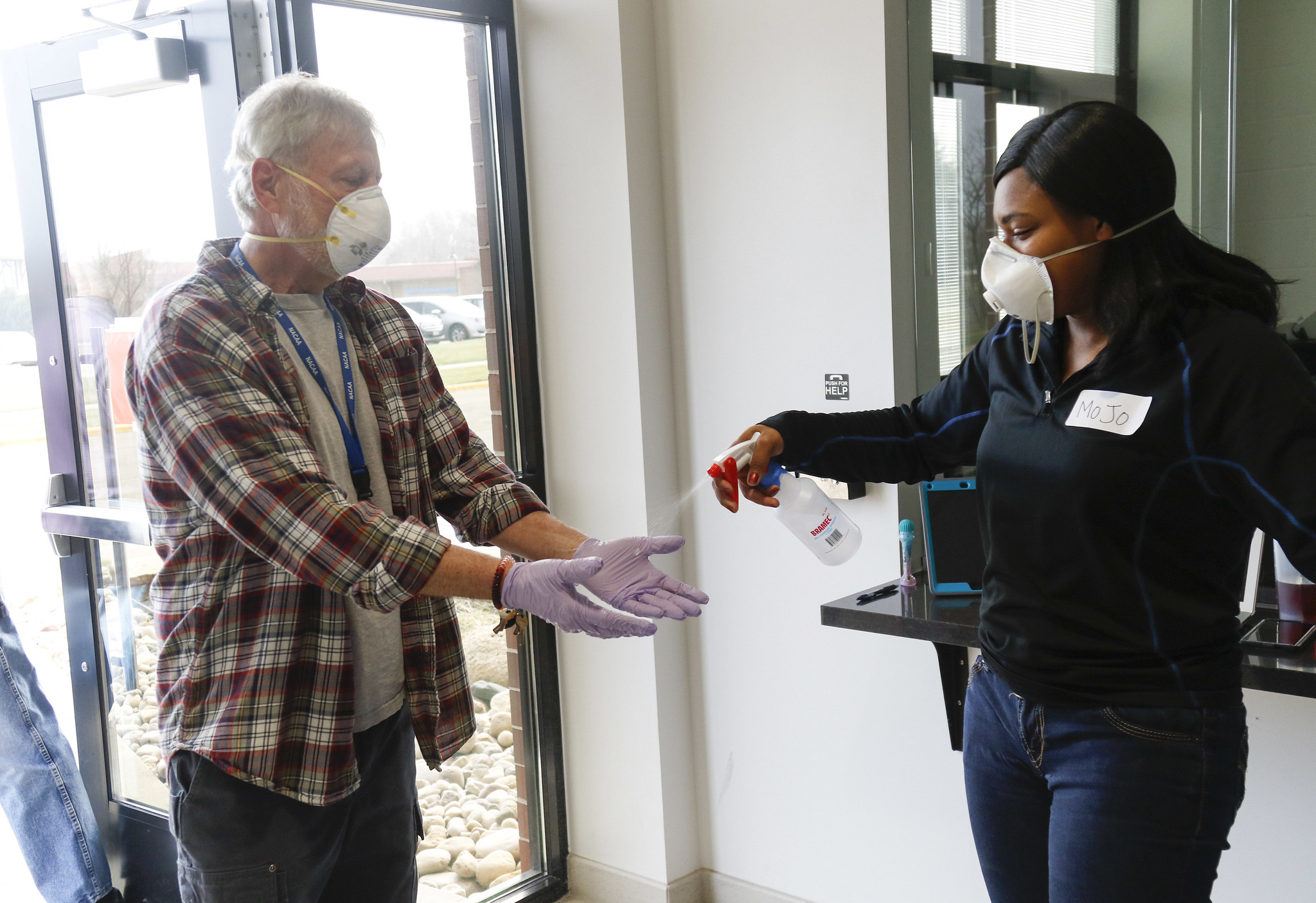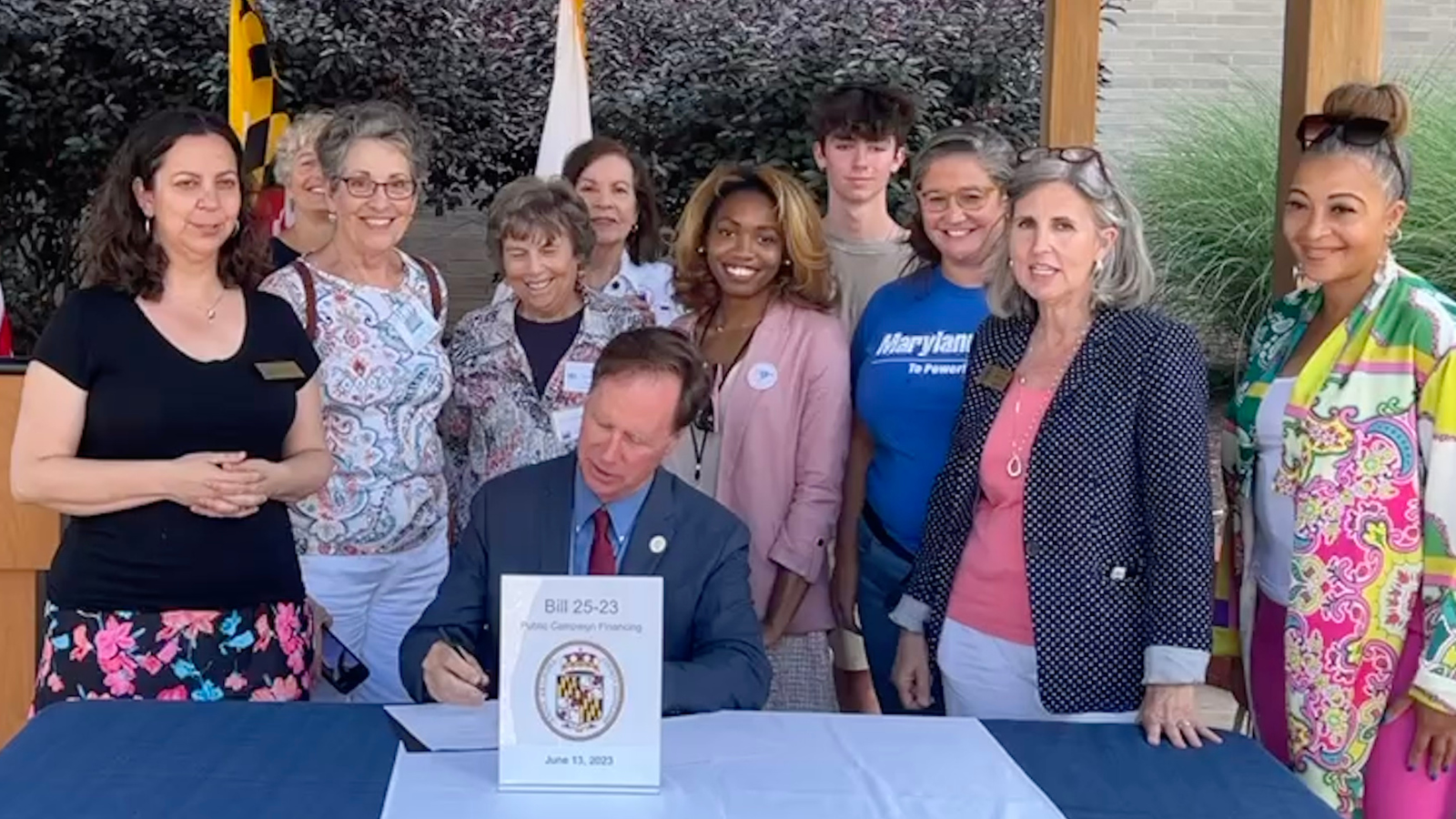The pandemic is pushing states to make long-needed voting reforms. There’s still more to do.
The coronavirus (COVID-19) has forced many states to make significant changes to their elections in order to protect public health. Remarkably though, even with a dangerous virus that makes any in-person activity at least somewhat risky (e.g., going to a polling place on Election Day), there are states -- both red and blue -- that still haven’t made the necessary changes to let people vote safely. In a country with tremendous technological expertise and a history of innovation, that’s mind-boggling. The policy prescriptions have been right in front of us to offer every American safe, secure and convenient options to vote but powerful inertia, intentional or not, has kept America from modernizing its democracy.

The coronavirus (COVID-19) has forced many states to make significant changes to their elections in order to protect public health. Since the virus arrived in the U.S., 15 states and Washington, D.C. either changed who could request an absentee ballot or made plans to automatically send voters an absentee application or ballot.
Allowing more people to vote from the convenience of their own home has long been a smart step to take to increase participation and improve our democracy. But during COVID-19, it’s an even more important tool to protect public health.
Remarkably though, even with a dangerous virus that makes any in-person activity at least somewhat risky (e.g., going to a polling place on Election Day), there are states — both red and blue — that still haven’t made the necessary changes to let people vote safely.
Of course, it shouldn’t have taken a pandemic to convince some states to reform their elections. Before COVID-19 hit, it was already abundantly clear that the way we voted in America made no sense. At the most basic level, too many states were stuck in an outdated voting model that relied too heavily on voting in person on Election Day as the only realistic option.
In a country with tremendous technological expertise and a history of innovation, that’s mind-boggling. The policy prescriptions have been right in front of us to offer every American safe, secure and convenient options to vote. So what is standing in the way of progress?
Some states intentionally make voting more challenging — usually in the name of preventing the oft–debunked problem of voter fraud. Over the last decade, half the states have passed new voting restrictions, including photo ID requirements, cutbacks of early voting, and restrictions on registration. These restrictions, mostly in “red” states, were already taking us in the wrong direction before the pandemic. The pandemic further compounded those issues, and in places like Georgia, the results were disastrous for democracy.
But it’s not just “red” states that have made it too hard for people to vote. Some of America’s “bluest” states have some of the most hoops for voters to jump through to exercise their franchise. New York has a lengthy history of voting issues, many of which were laid bare in its June primary. In response to that debacle, the state is finally on the cusp of making some long-needed improvements to its voting systems. Two bills passed the legislature last week that would establish automatic voter registration, make it easier to vote absentee for this election, and give voters the opportunity to fix any discrepancies in submitting their absentee ballots. The proposed changes are obviously necessary, but it makes one wonder why they weren’t implemented long ago.
Similarly, this month, Massachusetts finally passed a vote-by-mail law that will send absentee ballot applications to voters for both of its upcoming fall elections, expand early voting, and establish an online portal where voters can request their ballot. Again, these are all good, necessary policy changes — during a pandemic or otherwise. But, Massachusetts’ law comes up short because it only applies to this fall’s elections. There’s no reason why these measures shouldn’t be made permanent.
Crises can be catalysts for change — often changes that have long been in order. As it has done with so many other aspects of our society, the COVID-19 pandemic has forced us to reexamine how we conduct elections. It has given us the opportunity to not only look under the hood and assess shortcomings, but also to look ahead and work toward something better. Many states have met the moment, but there’s still work to be done to fix our most foundational democratic institution.
Less than 100 days out from Election Day 2020, states must continue to do all they can with the time they have to make voting as easy, safe and secure as possible. That means strongly encouraging everyone who can vote by mail to do so; that means clearly and repeatedly communicating deadlines, new processes and voting options; that means keeping enough polling places open to limit crowding; and that means taking proactive steps to count every legitimate vote.
Finally, it means that even after November 3 and the urgency starts to subside, we all still make it a priority to live up to the promise of one person, one vote. COVID-19 has shaken us out of the voting status quo, but we have to keep pushing forward and finish the job.
Topics
Authors
Joe Ready
Find Out More

TexPIRG fall update

How misinformation on social media has changed news

Small donor public financing victory in Anne Arundel County


